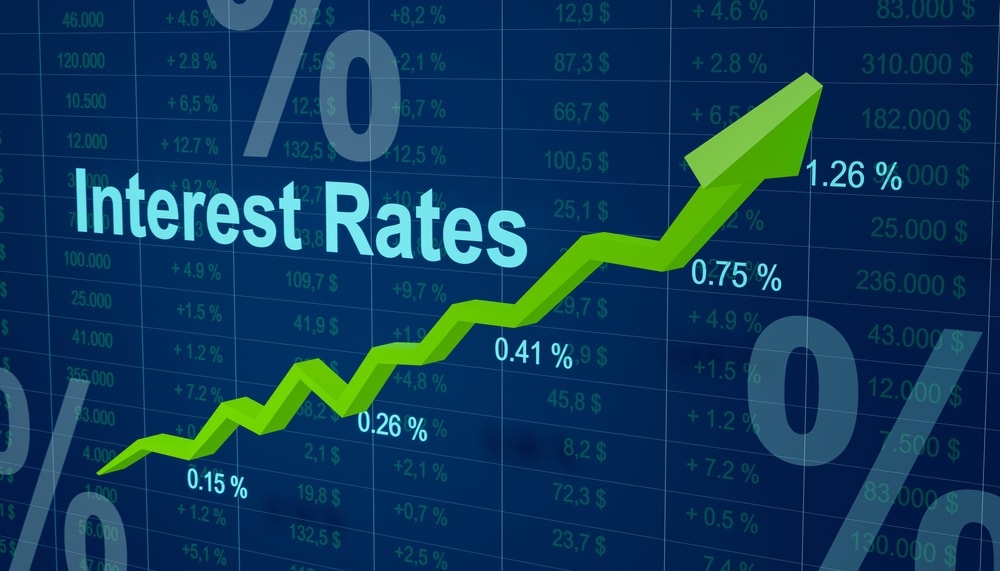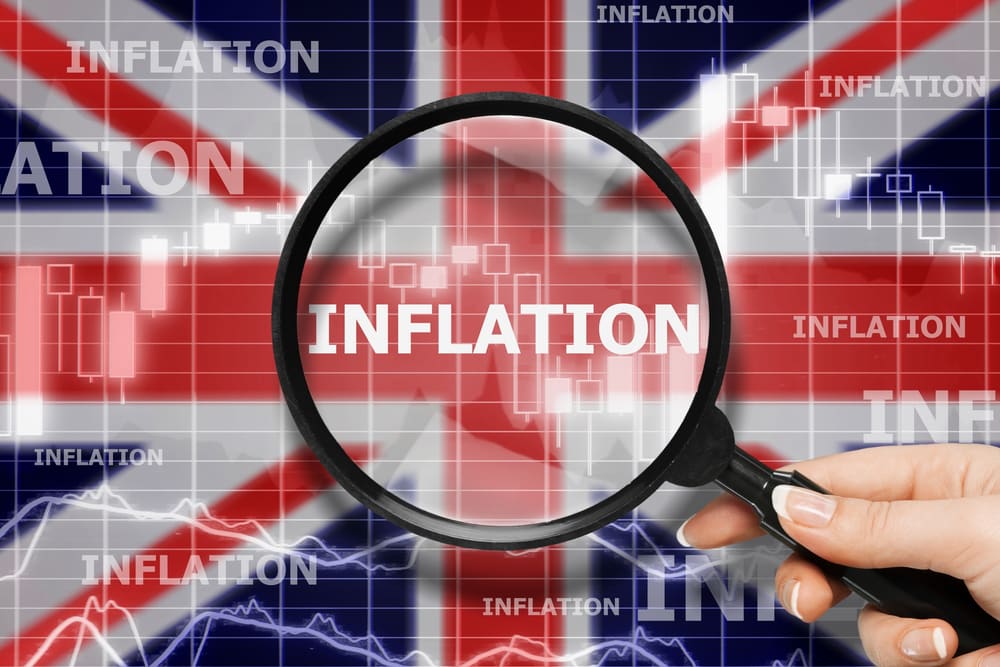If there’s one thing I’ve learnt from working in finance, it’s that the currency market is prone to move unexpectedly and often without warning.
The last thing you want, especially when you have an overseas transfer coming up, is to be blindsided by damning data that sends your exchange rate plummeting.
While there’s no way to predict what will happen – although our Quarterly Forecast does a pretty good job – it pays off to have insight into the key economic and political data releases that frequently influence the currency market.
Download your copy of our Quarterly Forecast today.
What’s coming up in late October/November?
At the moment, interest rates across the board are at 15-year highs and Central Banks are being forced to raise interest rates in order to tame inflation back down towards their 2% goals.

A graph with an increasing rate
Interest rate decisions
The European Central Bank (ECB) is due to make its next interest rate decision on Thursday 26th October. Economists forecast the rate will remain unchanged at 4.5%, as policymakers signalled their final rate hike was delivered in September.
The US Federal Reserve (Fed) will meet to make its next interest decision on Wednesday 1st November. Following the Bank’s decision to keep rates unchanged at 5.5%, economists have priced in a second consecutive rate pause following comments from Fed chair, Jerome Powell. The main takeaway from Powell’s speech was that there are notably lower odds of further rate hikes from the Federal Reserve.
The Bank of England (BoE) is due to make its next interest rate decision on Thursday 2nd November. The Central Bank kept its policy interest rate unchanged at 5.25% on September 21st and economists believe it will remain unchanged again in November.
This comes following hints from BoE governor, Andrew Bailey, who all but confirmed UK interest rates won’t rise in November to avoid further pressure on the pound.
Call your trader on 020 3642 0802 or book a callback today.

What’s next for UK inflation?
Headline inflation
On Tuesday 31st October, economists will receive a flash inflation rate for the Euro area, which is forecast to fall from 4.3% to 3.1%. Should estimates be correct, it would suggest that the ECB’s monetary tightening policy has been effective enough to lower inflation.
On Monday 16th October, the Office for National Statistics confirmed that headline inflation in the UK exceeded interest rates. BoE Bailey said he was “encouraged” by the direction it was going in but that he expects to see a “real decline” in UK inflation on Wednesday 15th November.
The US inflation rate for October will be released on Tuesday 14th November.
Unemployment rate
While there’s no single number that captures all the nuances of a country’s economy, the unemployment rate is considered one of the most important indicators.
The August reading for the UK unemployment rate is estimated to remain unchanged from July’s two-year high of 4.3%.
Key dates for the diary are as follows:
- US unemployment rate – Friday 3rd November.
- UK unemployment rate – Tuesday 24th October (Aug), then Thursday 14th November.
- German unemployment rate – Thursday 2nd November.
- Euro area unemployment rate – Friday 3rd November.
Forecasts for the above labour readings have not yet been priced in, however, the US unemployment rate came in at 3.8% in September 2023, remaining unchanged from February 2022 high and slightly above market expectations of 3.7%.





















